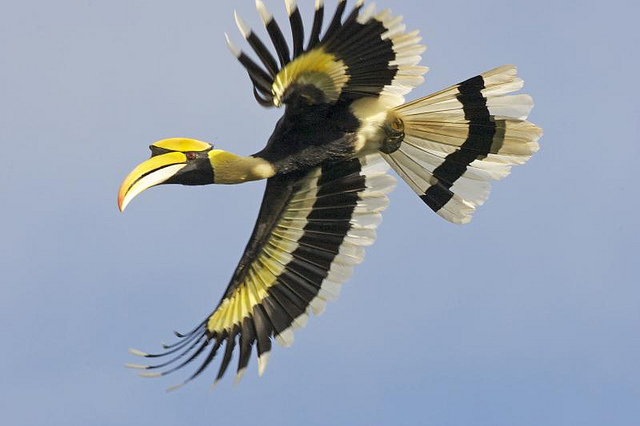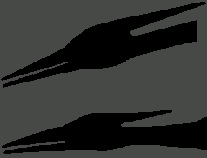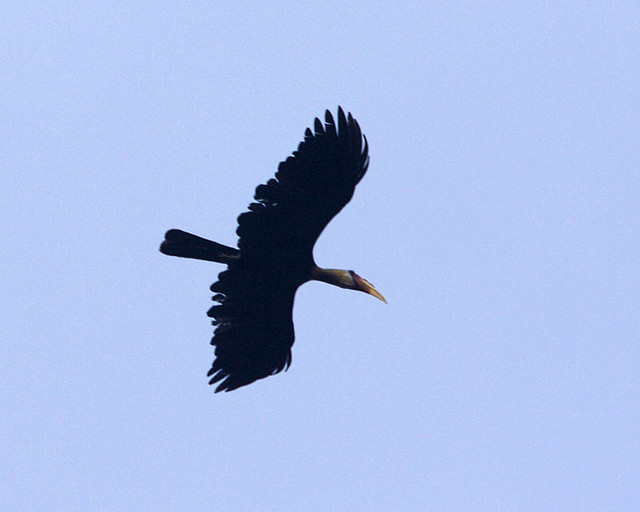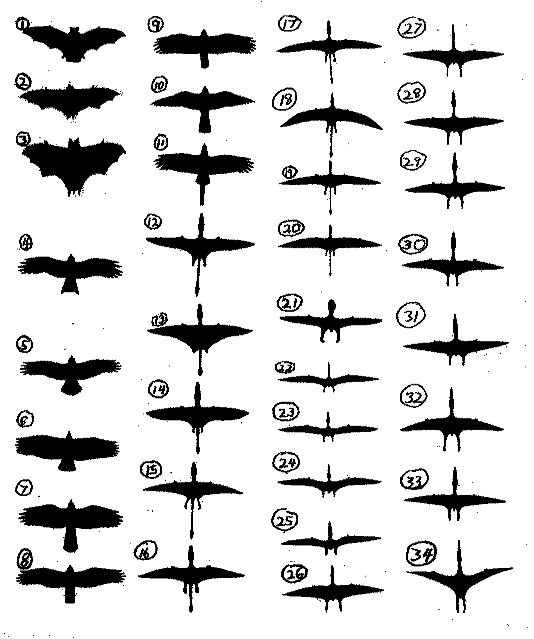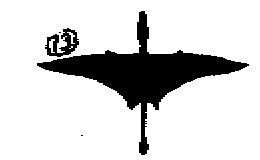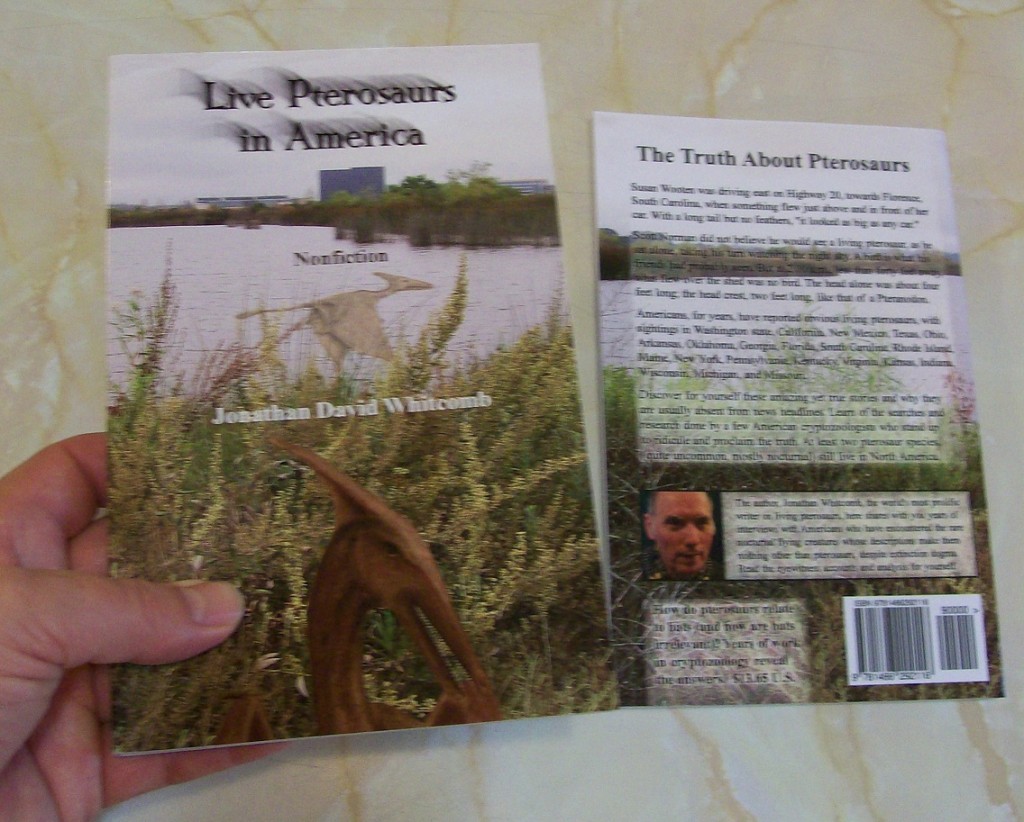How does Duane Hodgkinson’s 1944 sighting of a “pterodactyl” relate to flying lights on Umboi Island? Seven years after my first interviews with this World War II veteran, I still marvel at the value of his testimony; but that value is best understood when the sighting is taken in perspective. Look at the other reports of living pterosaurs in the southwest Pacific. Those sightings that give us the most information about the appearance of ropens are usually daylight encounters, when details of form and feathers are most apparent. So how do a few eyewitnesses see nocturnal pterosaurs in daylight?
Hennessy Sighting of “Prehistoric” Flying Creature
He described the “prehistoric” flying creature that he saw on Bougainville Island, New Guinea: long tail, no sign of feathers, head “disproportionately large compared to the body.” His choice of identification sketches (survey examination) resulted in a head sketch very similar to the one chosen by Hodgkinson. They probably observed the same species of pterosaur.
But how do these two daylight sightings of apparent pterosaurs relate to a nocturnal flying creature on Umboi Island? Let’s consider why Hodgkinson and Hennessy saw what they saw in daylight; what did those two sightings have in common? Hodgkinson and his army buddy were startled by a wild pig running through the clearing they were in; immediately the giant “pterodactyl” flew up from wherever it had been (out of view before that pig crashed through the bush), so could it have been startled out of sleep? About a quarter of a century later, on Bougainville Island, New Guinea, the truck Hennessy was riding in was probably roaring along that mountain road; the “prehistoric” flying creature then flew overhead, so could it have been startled out of sleep? Both creatures could have been nocturnal, sleeping through most daylight hours undisturbed.
1994 Sighting at Lake Pung
When seven boys hiked up to that crater lake on Umboi Island, in daylight, the wonder of that view of the lake may have caused them to yell out loud in teenage delight. Very soon after they had arrived at Pung, the giant ropen flew over the surface of the lake, terrifying the boys. Was it a coincidence that the flying creature known to be nocturnal flew in daylight, very soon after seven teenagers had arrived at that lake? I think not: Boys will make noise. Surely the noise of Gideon, Wesley, Mesa, and the others, was what awakened the ropen, not a thirst to get a drink of lake water at the precise time (halfway through a good day’s sleep) seven adolescent humans happened to arrive.
When I interviewed Gideon Koro, Wesley Koro, and Mesa Agustin, on Umboi Island in 2004, I never thought to ask them if they and their four friends had made any noise when they had arrived at Lake Pung; but it now seems obvious.
“Eskin Kuhn . . . in Cuba in 1971, saw two long-tailed ‘pterodactyls’ in clear daylight, at close range . . .” That does not necessarily mean that the two flying creatures were not nocturnal. Like other daylight sightings of “pterodactyls” or apparent pterosaurs, this sighting in the day could have been from an unusual daylight disturbance, rather than a usual daylight flying habit.
About one year ago I saw a large owl, in daylight, fly over a freeway in Long Beach, California. Large owls are still nocturnal, notwithstanding some of them sometimes fly a little in daylight.
Lake Pung – a crater lake on Umboi (Would you not shout for joy if you were a teenager who had just hiked up to this wonderful place?)




